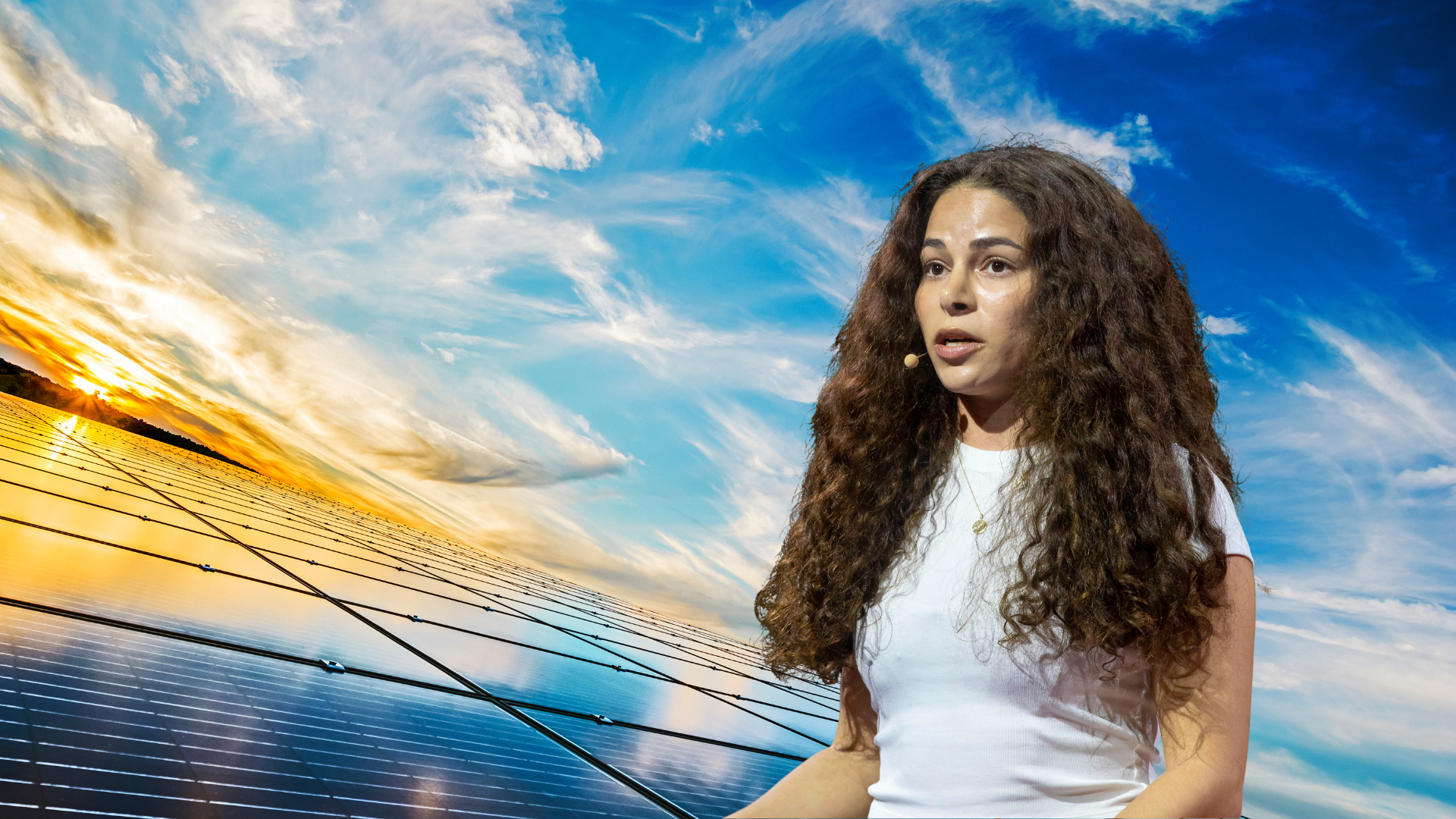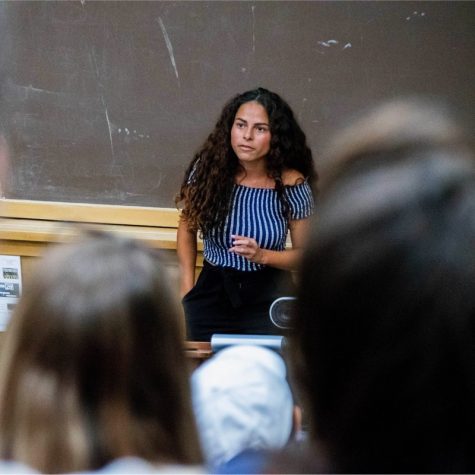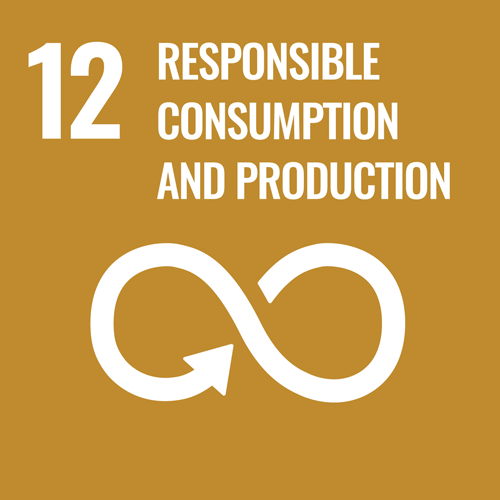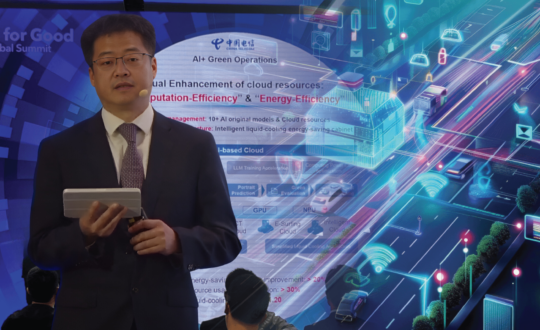Sage Lenier’s impassioned speech at the AI for Good Summit addressed the significant environmental impact of artificial intelligence, emphasizing the urgent need for regulatory oversight. Lenier highlighted the alarming rise in energy consumption driven by AI advancements, noting that data centers now consume 2% of global energy demand. With AI’s growing footprint, electricity consumption is projected to triple by 2030, threatening emission reduction efforts and overloading power grids. Utility companies are already struggling to meet current demands, leading to delays in closing coal plants and hindering the transition to renewable energy sources.
She stressed, “Utilities are telling us that as of right now they’re incapable of meeting these demands unless someone, governments or the tech industry, makes a massive investment in new power supply.”
Lenier also discussed the adverse effects of AI in fast fashion, where companies like Shein and Temu use AI to rapidly analyze trends, optimize production, and drive large-scale output. This efficiency exacerbates environmental degradation and labor exploitation, including forced and child labor. She emphasized the need for stronger regulations and accountability for AI’s environmental impact, urging governments to work on international oversight for AI development and energy consumption.
Despite her concerns, Lenier acknowledged AI’s potential in addressing environmental issues through applications like smart grids and machine learning. However, she stressed that the majority of AI investments currently enhance exploitative systems rather than solving real problems like climate change.
“If this industry was truly committed to using AI for good, we would see significant investments directed towards solving real problems like climate change,” she asserted, calling for a shift in priorities within the tech industry.
Lenier’s speech underscored the complex relationship between AI and environmental goals, highlighting the necessity for careful regulation and ethical oversight to ensure AI contributes positively to sustainability efforts.
“We can’t let AI accelerate environmental destruction; instead, we must harness its power to create a more sustainable future for all,” she concluded, reinforcing the need for proactive measures to align AI’s growth with environmental objectives.
The AI for Good Summit provided a platform for these critical discussions, demonstrating both the potential and the risks associated with AI in the context of environmental sustainability. The discussions underscored the transformative potential of AI while also revealing the urgent need for governance and ethical considerations. By addressing these challenges directly, stakeholders can ensure AI serves as a tool for positive change rather than exacerbating existing problems. The summit thus served as a platform for inspiring dialogue and fostering the collaborative spirit necessary to drive these efforts forward.
Throughout her speech, Lenier also tackled the broader implications of AI’s rapid growth. She pointed out that, while renewable energy is being developed, it is often only offsetting new growth in energy demand rather than replacing fossil fuels. She emphasized that our current trajectory is unsustainable and called for immediate action to reduce energy consumption. She highlighted the need for a fundamental shift in how we approach energy and technology, advocating for a comprehensive strategy that includes reducing demand and increasing the efficiency and sustainability of our energy use.
Lenier’s concerns about the environmental footprint of AI were not just about energy consumption. She also addressed the exploitation of natural resources and the environmental degradation caused by the rapid expansion of AI-driven industries. The fast fashion industry, driven by AI, has become a significant contributor to environmental degradation and labor exploitation. Shein and Temu, for example, have used AI to optimize production cycles, leading to massive overproduction and severe labor abuses. These companies can produce at such a fast pace and low cost only through the exploitation of labor, often in inhumane conditions.
Her call for stronger regulations and accountability for AI’s environmental impact was a recurring theme. She stressed the importance of international cooperation and oversight to ensure that AI development does not exacerbate environmental and social issues. She urged tech companies to commit to sustainability by operating independently of the grid wherever possible and investing in renewable energy. She pointed out that the tech industry, with its vast resources and influence, has a responsibility to lead by example and prioritize environmental sustainability.
Despite the challenges, Lenier remained hopeful about the potential of AI to contribute positively to environmental sustainability. She acknowledged that AI has the potential to solve some of the most pressing environmental problems, such as optimizing energy grids and improving resource management. However, she stressed that this potential can only be realized if there is a fundamental shift in how AI is developed and deployed. She called for a concerted effort from all stakeholders to ensure that AI is used to address environmental challenges rather than exacerbate them.
Lenier’s speech at the AI for Good Summit highlighted the urgent need for a comprehensive approach to AI development that prioritizes environmental sustainability and ethical considerations. The discussions at the summit underscored the transformative potential of AI while also revealing the urgent need for governance and ethical considerations. By addressing these challenges head-on, stakeholders can ensure that AI serves as a tool for positive change rather than exacerbating existing problems. The AI for Good Summit thus served as a platform for inspiring dialogue and fostering the collaborative spirit necessary to drive these efforts forward.
















